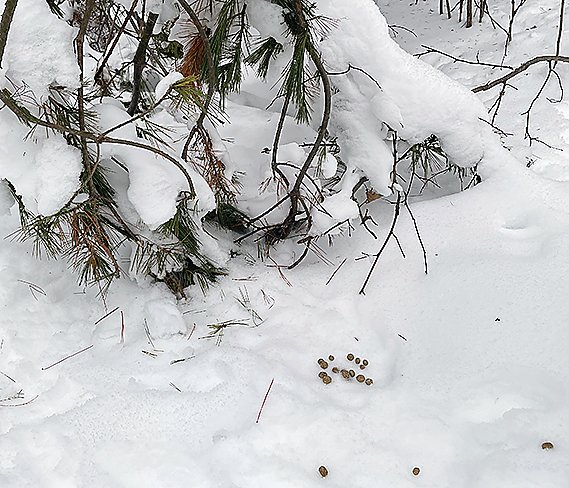Support the Timberjay by making a donation.
Why the hares are happy
This year’s early deep snow has made an otherwise mild winter tougher than it might otherwise have been for deer and some other wildlife. But the dense 18-20-inch blanket, and more that fell on …
This item is available in full to subscribers.
Attention subscribers
To continue reading, you will need to either log in to your subscriber account, or purchase a new subscription.
If you are a current print subscriber, you can set up a free website account and connect your subscription to it by clicking here.
If you are a digital subscriber with an active, online-only subscription then you already have an account here. Just reset your password if you've not yet logged in to your account on this new site.
Otherwise, click here to view your options for subscribing.
Please log in to continue |
Why the hares are happy
This year’s early deep snow has made an otherwise mild winter tougher than it might otherwise have been for deer and some other wildlife. But the dense 18-20-inch blanket, and more that fell on top, has been a boon for one of our North Country denizens, the snowshoe hare.
As their name suggests, the snowshoe hare is adapted for deep snow, and the more the merrier.
Deep snow provides snowshoe hares with one advantage after another. Thanks to their exceptionally large back feet, these well-adapted hares can easily scamper away atop the snow even as many of their predators, like wolves, coyotes, and bobcats (Canada lynx being the only exception), are left wallowing.
December’s snowfall, which was initially wet and sticky created other advantages as well. The snow bent over massive amounts of brush and small trees through the region’s forests, leaving hares with countless hiding spots. In many areas, the snow forms an almost impenetrable roof atop areas of bent-over brush. That provides bunnies with nice thermal cover at night as well as protection from their primary aerial predators, like goshawks and great-horned owls.
All that bent over vegetation is also providing our hare population with some excellent nutrition this winter. The growing tips of branches tend to be the most nutritious, but they’re often inaccessible to herbivores down on the ground.
Not so this winter as massive numbers of young trees were bent over double, leaving their nutritious vegetation within easy reach of hares and other herbivores. And the deep, dense snow provides bunnies a nice lift, helping them reach those branches that may not have made it all the way down to the ground. For the snowshoe hares this winter, food is literally falling from the sky. It’s a good time, in other words, to be a bunny in the North Country.









